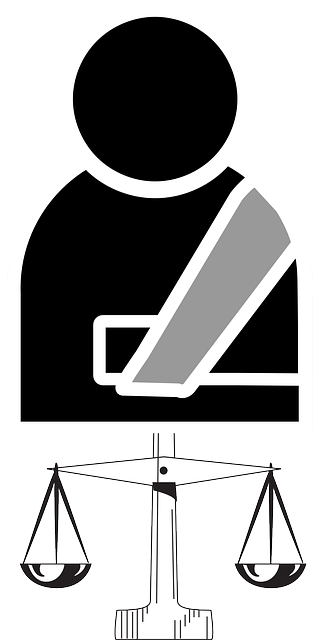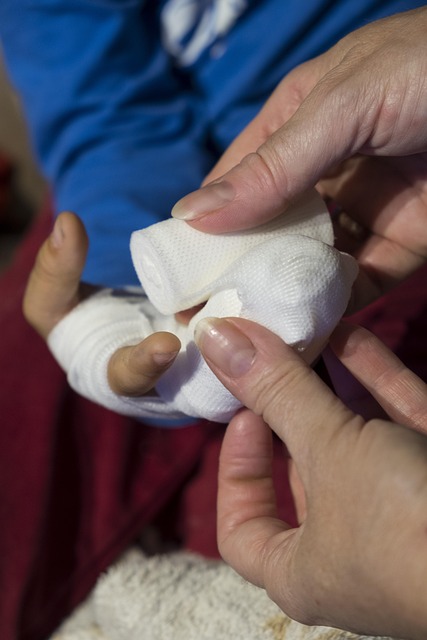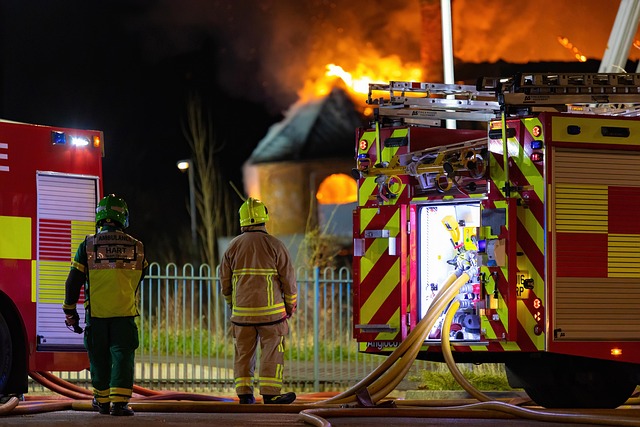Gathering and presenting compelling evidence is key to a successful injury claim. Organize medical records, police reports, witness statements, and incident scene photos for a strong case. In complex cases, expert opinions are vital. Meticulous record-keeping prevents disputes and increases chances of a favorable outcome in both injury claims and real estate litigation.
Navigating the intricate injury claim process can be daunting, but knowing how to effectively communicate and present your case makes all the difference. This guide arms you with essential strategies for success. From gathering and presenting evidence—ensuring thorough documentation of injuries and damages, including medical records, witness statements, and photographs—to mastering conversations with insurance companies and adjusters, we demystify every step. Learn to navigate negotiations, counter settlement offers, and understand when legal representation is crucial. Prepare for court appearances and ensure your voice is heard clearly and persuasively during this challenging time.
- Gathering and Presenting Evidence
- – The importance of documenting injuries and damages
- – Types of evidence to collect (medical records, witness statements, photographs)
Gathering and Presenting Evidence

Gathering and presenting evidence is a crucial step in the injury claim process. It’s essential to collect all relevant information that supports your case, such as medical records, police reports, witness statements, and photographs of the incident scene. Organize this data neatly, ensuring it’s accurate and easily understandable for insurance adjusters or legal professionals handling your personal injury claims. Digital documentation can be particularly useful; scan and save important papers to avoid misplacing them during what can already be a stressful time.
When presenting evidence, clarity and completeness are paramount. Clearly label each document with dates, names, and locations related to the incident. Presenting a well-organized case strengthens your injury claim and increases your chances of a favorable outcome, whether through settlement or trial. Remember, in cases like real estate litigation where contracts may be involved, meticulous record-keeping can also prevent disputes from arising in the first place.
– The importance of documenting injuries and damages

Documenting your injuries and damages is a crucial step in the injury claim process. It serves as concrete evidence to support your case and demonstrate the extent of harm suffered. Take detailed notes or photographs of physical injuries, capturing any visible signs, scars, or deformities. Keep records of medical treatments received, including doctor’s visits, hospital stays, and prescribed medications. These documents not only help in quantifying your pain and suffering but also serve as a reliable reference for your personal injury claims.
Furthermore, document all financial losses incurred due to the accident. This includes medical bills, lost wages from work or employment limitations, and any other out-of-pocket expenses related to the injury. An organized record of these damages will strengthen your case and aid an accident attorney in representing you effectively. It’s especially important when dealing with sensitive issues like caregiver abuse, ensuring that all evidence is documented properly for a successful personal injury claim.
– Types of evidence to collect (medical records, witness statements, photographs)

When navigating the injury claim process, gathering compelling evidence is paramount to supporting your case and securing a favorable outcome. Core documents include medical records that detail the extent and treatment of injuries sustained in the incident. These records not only serve as concrete proof of harm but also help establish causation between the accident and any ongoing medical conditions. Additionally, witness statements from bystanders or individuals who observed the occurrence can provide firsthand accounts, enhancing the credibility of your claim.
Photographs play a crucial role in documenting physical evidence and capturing the scene of the accident. They can illustrate impact zones, damage to vehicles, and any visible injuries, serving as powerful tools when presenting your case to insurance companies or courts. For instance, in cases involving truck accident injuries or serious injuries resulting from negligence, these visuals can significantly impact the outcome, especially when coupled with professional medical opinions and expert testimony from relevant fields like elder law, given the specific needs and vulnerabilities of the affected individuals.
When navigating the injury claim process, clear communication and robust evidence are key. By documenting your injuries and damages thoroughly, collecting essential evidence like medical records, witness statements, and photographs, you empower yourself during negotiations. Remember to avoid speculation or exaggerated claims; stick to facts. This strategic approach enhances your case’s strength and increases your chances of a favorable outcome.






